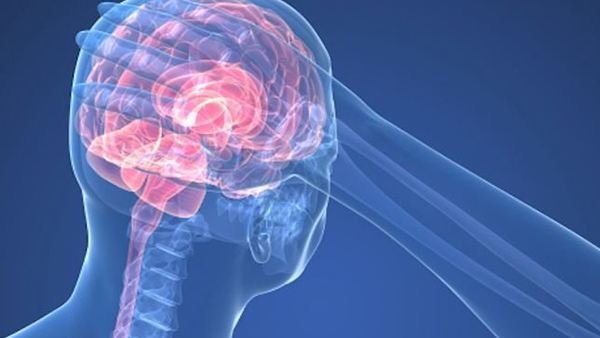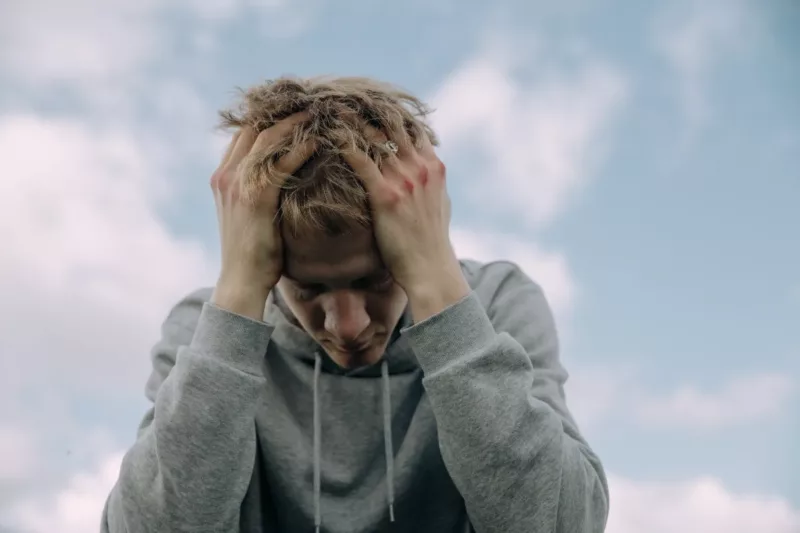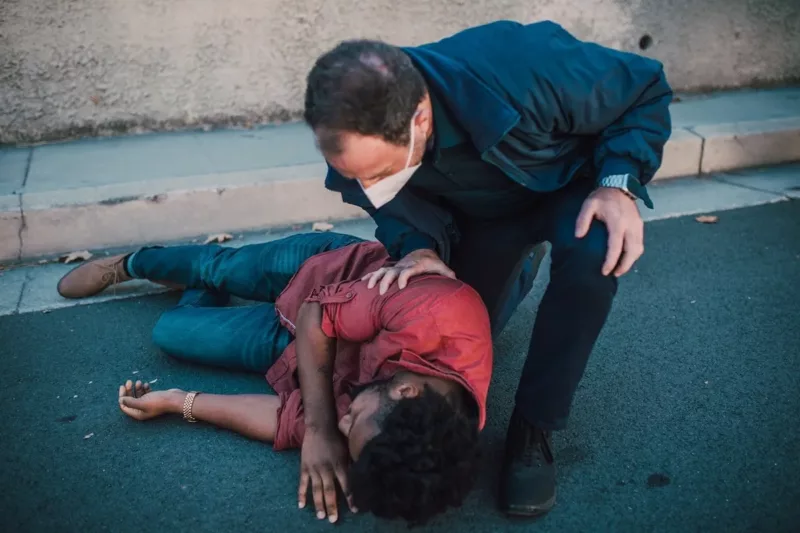Concussion Clinic Salt Lake City
A concussion is a type of traumatic brain injury that occurs when the brain is forcibly jarred inside the skull due to a sudden impact, frequently seen in car accidents and sports related injuries.
Concussions can cause physical symptoms such as headaches, dizziness and nausea, as well as cognitive and emotional symptoms such as confusion, difficulty concentrating, depression and anxiety. Depending on the severity of the concussion, treatment may involve rest or physical therapy.

It’s important to seek medical attention if you suspect you or someone else has a concussion. While many people assume that a concussion is not serious and will go away on its own, it’s important to have a healthcare professional assess the injury and provide a diagnosis and guidance on the appropriate treatment.
Rest is often a key component of concussion treatment, particularly in the first few days or weeks after the injury.
This may involve avoiding activities that could exacerbate symptoms, such as exercise or screen time.
Gradual return to physical activity, under the guidance of a healthcare professional, is often recommended once symptoms have improved. This can help promote recovery and prevent re-injury. Cognitive rest may also be necessary, particularly for those who have difficulty with concentration or memory.
This may involve the patients taking time off work or school, limiting screen time, and avoiding activities that require sustained attention. In some cases, physical therapy may be recommended to help patients address lingering symptoms such as headaches, neck pain, or balance problems.
It’s important to monitor for signs of more serious brain injury, particularly in the first week 24-48 hours after the injury.
These can include loss of consciousness, seizures, repeated vomiting, or worsening symptoms. If any of these occur, seek medical attention immediately.

Concussion Signs and symptoms:
Signs and symptoms of a concussion can be divided into physical, cognitive and emotional categories.
Physical symptoms may include headaches, dizziness, nausea, vomiting, blurred vision or sensitivity to light and noise.
Cognitive signs of a concussion include confusion, difficulty concentrating or remembering information, slowed reaction time or processing speed, or changes in sleep patterns.
Emotional symptoms can include irritability, depression, anxiety or mood swings.
Some Concussion Symptoms may include:
- Headaches
- Dizziness
- Nausea/Vomiting
- Noise Sensitivity
- Sleep Disturbance
- Fatigue
- Irritability
- Feeling depressed
- Feeling frustrated
- Forgetfulness
- Poor Concentration
- Mental Fog
- Blurred Vision
- Light Sensitivity
- Double Vision
- Restlessness

Mild Traumatic Brain Injury
For mild traumatic brain injury and concussion treatment, physical therapy can be an effective way to help a person recover from their symptoms.
This type of therapy includes exercises such as range of motion, balance drills, aerobic conditioning and functional activities that are designed to have patients improve mobility and coordination.
Physical therapy can also help improve strength, balance and endurance in order to reduce the risk of future injuries. In addition, therapists may use other treatments such as manual therapies and cognitive exercises to manage concussion symptoms.
Risks of ignoring a concussion
Ignoring a concussion can have serious long-term brain health side effects, including difficulty concentrating, memory problems, depression, and dementia.
Some individuals with concussions may also experience chronic headaches and reduced coordination or balance. Additionally, ignoring a concussion can result in further damage to the brain, which could lead to permanent disabilities or death.

Long-Term Effects of Multiple Concussions
Multiple concussions have serious long-term effects, such as chronic traumatic encephalopathy, which is a degenerative brain disease caused by repeated head trauma.
Other long-term effects include difficulty with concentration and memory, depression, anxiety, sleep disturbances, impaired executive functioning (such as judgment or decision making), and decreased social functioning. In some cases, individuals may even experience suicidal thoughts or attempts.
Preventing Future Concussions:
To help prevent future concussions, it is important to wear a helmet when participating in activities that may be hazardous.
Additionally, receiving prompt medical attention after a head injury and following the doctor’s recommendations for treatment are both critical steps to play in helping protect against further damage or long-term health effects from brain injuries or a sports concussion.
It is also important for athletes to recognize the signs of a concussion and seek proper medical care if symptoms occur.
When engaging in sports, wearing helmets and other protective headgear is essential to keeping the head safe. Additionally, when cycling or skating, wear a helmet to reduce the chances of serious injury due to a fall.
For other activities such as skiing or snowboarding, make sure all appropriate safety equipment is properly fitted and used correctly. By equipping our athletes and ourselves with the correct protective gear for our activities, we can help reduce the risk of future serious sports injuries and related concussions too.

Proper Treatment after a head injury
Proper treatment after a head injury involves rest and avoiding physical, mental, or cognitive activities that could increase the risk of further injury.
Additionally, medical staff and providers may recommend using medications to reduce swelling, headaches, or dizziness as well as other therapies (e.g. physical therapy) to help improve balance or strength.
Working with a doctor or an occupational therapist can also be beneficial in helping individuals return to their usual activities. It is important that individuals follow their doctor’s recommendations for recovery and seek follow-up care if symptoms continue or worsen.

Advances in Treatment and Diagnostic Technology for Brain Injuries
Advances in technology have dramatically improved the ways that brain injuries are diagnosed and treated. Diagnostic imaging such as magnetic resonance imaging (MRI) and computed tomography (CT) scans are invaluable tools to help diagnose and evaluate head injuries.
Additionally, technologies such as functional MRI (fMRI) allow doctors to see how the brain works while a patient is performing certain tasks, providing the team with further insight into how a brain injury has impacted the cognitive functioning of the patient.
Treatments for brain injuries have also been revolutionized by advances in technology. For example, focused ultrasound therapy can be used to reduce pressure on the brain due to swelling or edema, improve blood flow, and pave the way for tissue regeneration.
Additionally, devices such as neuro-electrical stimulation can be used to help individuals relearn functions of speech or movement that may have been lost due to an acquired brain injury.
As technology continues to progress, new possibilities emerge for diagnosing and treating conditions related to brain injury.
